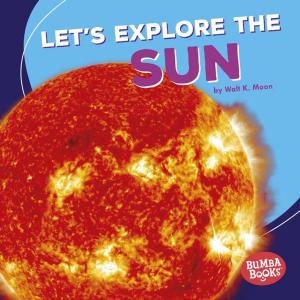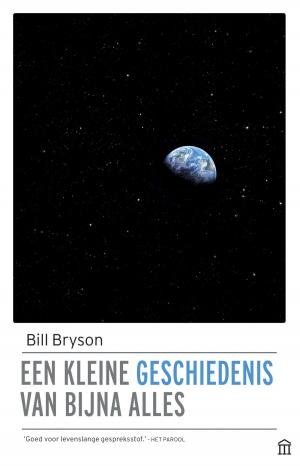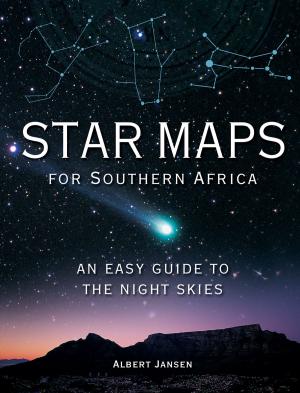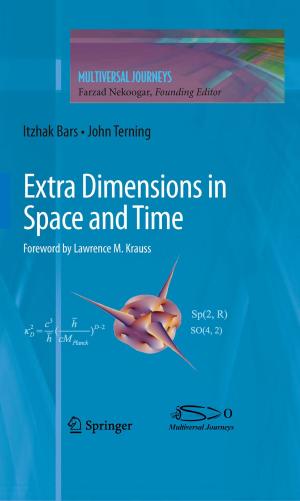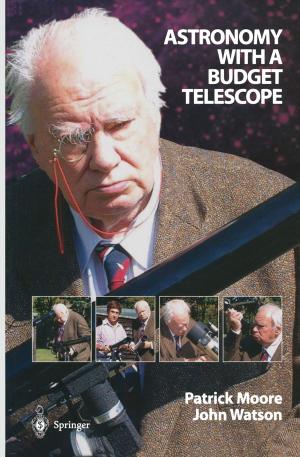| Author: | Ken Shulman | ISBN: | 9781476030142 |
| Publisher: | Ken Shulman | Publication: | May 26, 2012 |
| Imprint: | Smashwords Edition | Language: | English |
| Author: | Ken Shulman |
| ISBN: | 9781476030142 |
| Publisher: | Ken Shulman |
| Publication: | May 26, 2012 |
| Imprint: | Smashwords Edition |
| Language: | English |
In 1761, with the world at war on five continents, 171 men from over a dozen countries were dispatched about the globe to observe a rare celestial event: the passage of the planet Venus between the Earth and Sun.
The mission was conceived by British Royal Astronomer Edmond Halley nearly half a century earlier. Halley, who knew he would not live to see the transit, believed that if the event could be timed by observers placed at different points on the globe, it would solve a riddle that had tantalized man since he first began looking at the skies above him: the size of the universe.
Organized by the Royal Academies of France and Great Britain, the 1761 expedition enlisted astronomers, adventurers, aristocrats, and clerics to travel to venues as diverse as Cape Town, Pondicherry, and Arctic Norway. Many of them braved searing heat, arctic storms, hostile villagers, stinging insects, and battles on land and sea to reach their destinations. The ship carrying surveyors Charles Mason and Jeremiah Dixon was fired upon by a French vessel a few leagues out of port. One French astronomer had his observatory shelled by the British, and was held for ransom in a Lisbon prison.
"Venus in Sole Visa" sets the 1761 expedition in historical context, retracing the evolution of astronomy and thought from the Kingdom of Akkad to ancient Greece to 18th century Europe to the first NASA probe landings on Mars. Spanning from the Bronze Age to the Space Age, "Venus in Sole Visa" tells the tale of a 4,000 year obsession: our need to know about the universe in which we live.
In 1761, with the world at war on five continents, 171 men from over a dozen countries were dispatched about the globe to observe a rare celestial event: the passage of the planet Venus between the Earth and Sun.
The mission was conceived by British Royal Astronomer Edmond Halley nearly half a century earlier. Halley, who knew he would not live to see the transit, believed that if the event could be timed by observers placed at different points on the globe, it would solve a riddle that had tantalized man since he first began looking at the skies above him: the size of the universe.
Organized by the Royal Academies of France and Great Britain, the 1761 expedition enlisted astronomers, adventurers, aristocrats, and clerics to travel to venues as diverse as Cape Town, Pondicherry, and Arctic Norway. Many of them braved searing heat, arctic storms, hostile villagers, stinging insects, and battles on land and sea to reach their destinations. The ship carrying surveyors Charles Mason and Jeremiah Dixon was fired upon by a French vessel a few leagues out of port. One French astronomer had his observatory shelled by the British, and was held for ransom in a Lisbon prison.
"Venus in Sole Visa" sets the 1761 expedition in historical context, retracing the evolution of astronomy and thought from the Kingdom of Akkad to ancient Greece to 18th century Europe to the first NASA probe landings on Mars. Spanning from the Bronze Age to the Space Age, "Venus in Sole Visa" tells the tale of a 4,000 year obsession: our need to know about the universe in which we live.

